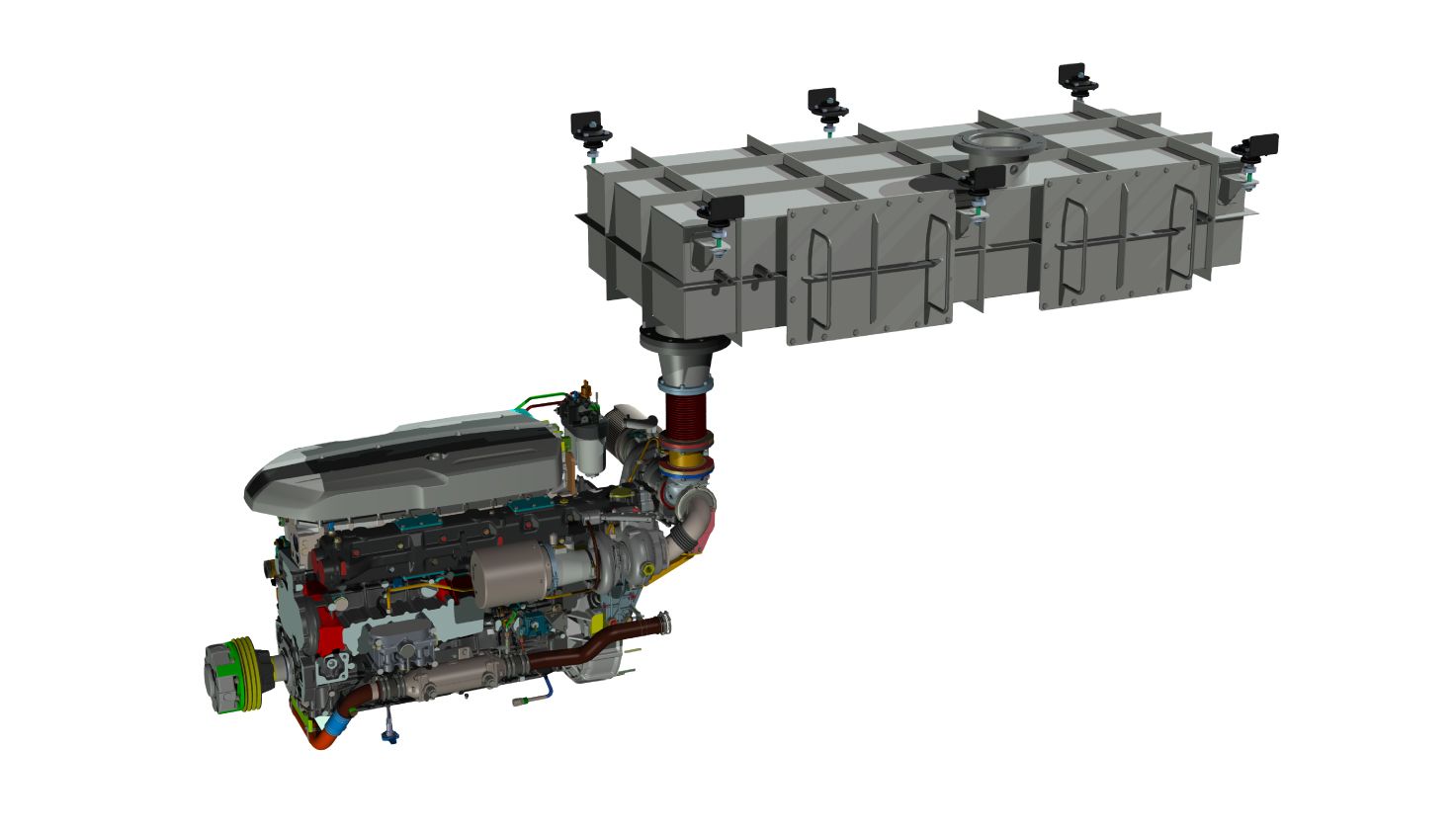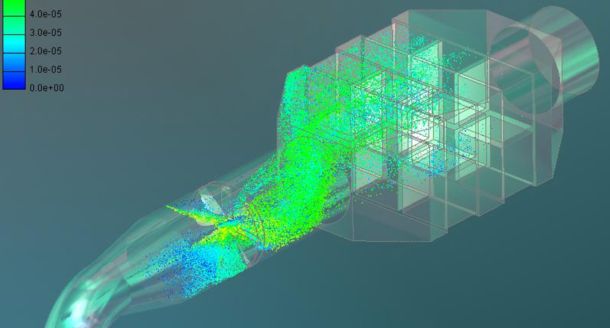Combined SCR-DPF system
Combined system
SCR stands for Selective Catalytic Reduction and DPF stands for Diesel Particulate Filter. The aim of the combination of SCR and DPF is to reduce two types of harmful emissions produced by diesel engines: particulate matter (PM) and oxides of nitrogen (NOx). The DPF part of the system is responsible for capturing and removing particulate matter from the engine’s exhaust system. The DPF is a device that is located in the exhaust system and works by capturing particulate matter as it flows through it. Over time, the DPF can become clogged with particulates, which can reduce engine performance and increase emissions. To prevent this, the DPF periodically undergoes an active or passive regeneration process. Part of the SCR system is responsible for reducing NOx emissions. It works by injecting a urea-based solution (also known as DEF or AdBlue) into the exhaust gas stream. This solution reacts with the NOx in the exhaust gas, converting it into harmless nitrogen and water vapour. The combined SCR and DPF systems work together to ensure that diesel engines meet the increasingly stringent emission regulations i.e. Stage V.

When designing this type of system, we take into account:
- Particulate emissions at specific engine operating points
- Emissions of NOx
- System operating temperature
- Engine operating cycle
With the above data, we can select the type of DPF regeneration for your system:
- Passive regeneration can be used for engines where the outlet temperature of the exhaust gas does not fall below 270 °C over 2 hours of continuous operation and the fuel used does not exceed 0.01 % sulphur. In this case, no external heat source is needed to raise the exhaust temperature. Regeneration takes place by means of NO2 generated by the oxidation catalyst installed upstream of the DPF and occurs continuously.
- Active regeneration – used where the sulphur content of the fuel does not allow the use of an oxidation catalyst. It is mainly used in generators and is implemented through a system of electric heaters.
- Assisted passive regeneration – contains elements of typical passive regeneration as well as active regeneration. The temperature of the exhaust gas is raised to that required by the passive regeneration process by means of electric heaters.
Behind the DPF system there is a mixing pipe and reactor, along with SCR catalytic converters.
Contact us
Our team is happy to answer any questions.
Contact
-
Bruzdowa 106a/13
02-991 Warsaw
woj. mazowieckie
Poland -
+48 506 508 330
+48 600 501 050 -
info@ecoexhaust.eu

